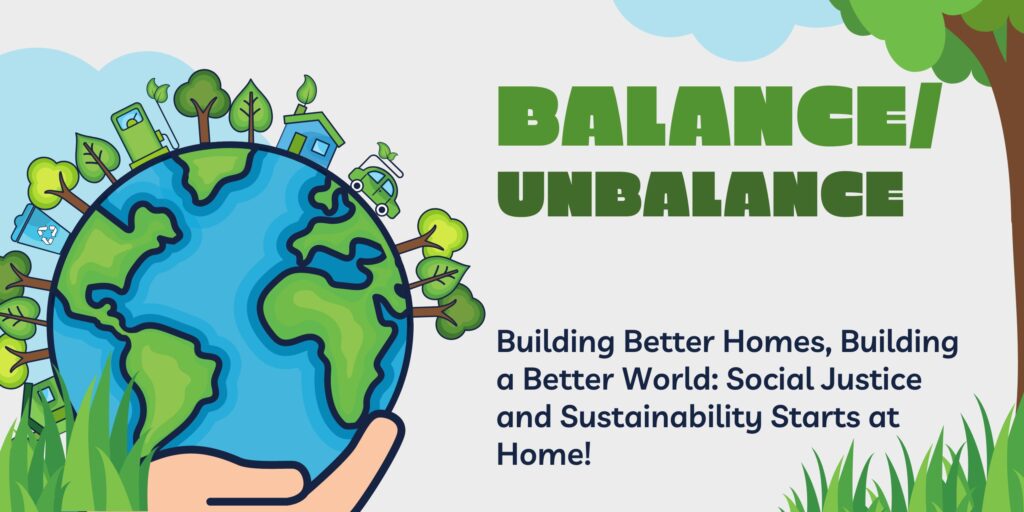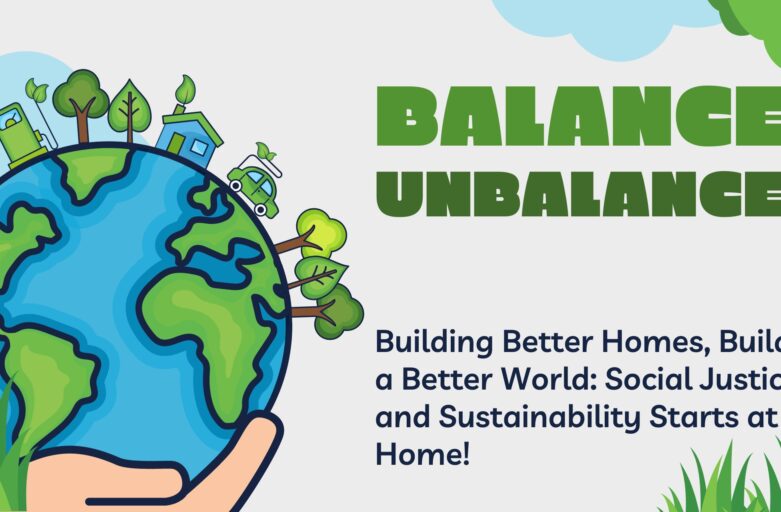It’s not always easy to see how fixing up our homes can contribute to environmental and societal good. The truth, however, is that the equity and sustainability of our neighborhoods can be greatly affected by our attitude to home improvement.
Home improvements that promote equity and sustainability can help make neighborhoods better places to live for people of all income levels and backgrounds. This piece examines the relationship between social justice and home improvement and provides suggestions for making our neighborhoods more just and sustainable.

Improving Your Home and Your Knowledge of Social Justice
Fairness, equality, and acceptance are central to the concept of social justice. In the context of home repairs, this means making sure everyone has the materials they need to keep their houses in good shape.
Home improvement tools are often difficult to come by for low-income and marginalized communities. It’s possible that residents of these areas either lack the know-how or access to conventional home improvement tools, or are simply ignored by the industry as a whole.
These problems can’t be fixed without making social equity a top priority in neighborhood upkeep projects. This includes making efforts to ensure that people in low-income and marginalized communities have access to home improvement tools and education, and ensuring that all people have access to safe and healthy places to live.
Promoting Housing Equity and Social Integration
There is a plethora of equity-focused house improvement programs. The Habitat for Humanity program is a good illustration because it works with low-income families to construct and fix homes. Through this initiative, low-income families are given the opportunity to purchase their own homes.
Forming alliances with community groups, providing financial support, and providing educational tools are all ways to make home improvement accessible to low-income and marginalized communities. More equitable and inclusive communities can be created if people have easier access to house improvement resources.
There are many wins for everyone when people work together to make their neighborhoods more fair. The public’s health, inequality, and civic participation can all benefit from increased access to secure and healthy housing.
Sustainable Neighborhoods through Eco-Friendly House Renovations
Sustainable home improvement projects are equally important as promoting social justice. Energy-efficient, long-lasting, and waste-minimizing: these are the hallmarks of eco-friendly house renovations.
Reduced energy use and emissions of greenhouse gases are just two of the many community advantages that can result from eco-friendly home renovations. Solar panel installations, eco-friendly lumber, and insulation upgrades are all examples of eco-friendly house renovations that can help you save money and the environment.
Convergence of Environmentally Responsible Remodeling and Social Equity
There must be a focus on both social equity and environmentally responsible building practices. We can make sure that everyone gains from eco-friendly house improvement projects by taking social justice into account.
The requirements of low-income and marginalized communities should be prioritized, and partnerships with community organizations should be formed as part of efforts to promote equity and sustainability in home improvement initiatives.
The Green For All program, which educates and employs low-income people in the renewable energy industry, is one example of a successful social justice and sustainability-focused project. Another is the Rebuilding Together program, which helps low-income people maintain and improve their homes.
Conclusion
To ensure that everyone has access to safe, healthy, and sustainable housing, it is crucial to build equitable and eco-friendly communities through home renovation. Reducing inequality, increasing community involvement, and safeguarding the earth can all be accomplished by giving social justice and sustainability top billing in our DIY home improvement projects.
We, as individuals, communities, and lawmakers, must put social justice and environmental sustainability at the forefront of our DIY home improvement projects. Doing so will allow us to create a future that is more just, inclusive, and long-lasting for all people.
Participating in local projects is one way to put justice and sustainability first when making changes to one’s house. Home improvement projects are designed to meet the identified needs and priorities of the community in collaboration with local community groups and leaders as part of these initiatives.
Trust, relationships, and community involvement all improve, and equitable and sustainable home improvement practices are promoted, through community-based initiatives. The use of eco-friendly materials and technologies in house repair and renovation for low-income families is one example of a community-based project.
Promoting social justice and environmentally responsible house renovations through policy advocacy is another effective tactic. Promoting sustainable construction codes and laws or advocating for affordable housing policies are two examples of how this can be done.
Last but not least, a dedication to social justice and sustainability at all levels of society is necessary to create equitable and eco-friendly communities through home renovation. By giving these ideals top priority in our renovation projects, we can build a more just, fair, and sustainable world.
